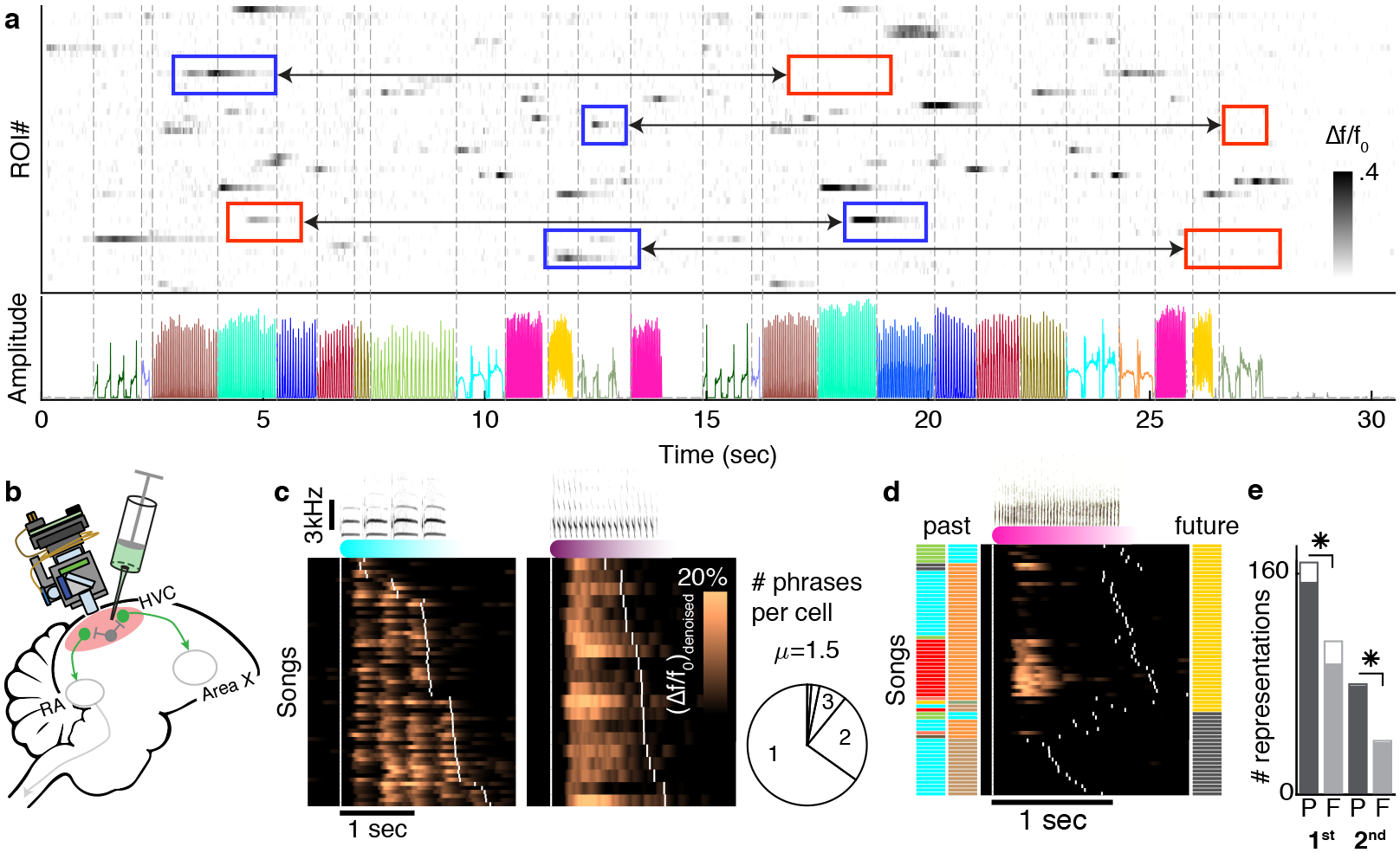Figure 2 |. HVC projection neuron activity reflects long-range phrase sequence information.

a. Fluorescence (Δf/f0) of multiple ROIs during a singing bout reveals sparse, phrase-type-specific activity. Phrase types are color coded in the audio amplitude trace, and dashed lines mark phrase onsets. Context-dependent ROIs show larger phrase-specific signal in one context (blue frames) than another (connected red frames). b. Experimental paradigm. Miniature microscopes were used to image GCaMP6f-expressing neurons in HVC, transduced via lentivirus injection. c. Most ROIs are phrase-type-specific. Neural activity is aligned to the onset of phrases. These phrases have long (left) and short (right) syllables and traces are sorted (y-axis) by the phrase duration. White ticks indicate phrase onsets. Pie shows fractions of ROIs that are active during just one, two or three phrase types (methods). d. Phrase-type-specific ROI activity that is strongly related to 2nd upstream phrase identity. Neural activity is aligned to the onset of the current phrase. Songs are arranged by the ending phrase identity (right, color patches), then by the phrase sequence context (left, color patches), and then by duration of the pink phrase. White ticks indicate phrase onsets. e. Cells reveal more information about past events than future events. 307 different ROIs had 398 significant correlations with adjacent (1st order, 2 left bars) and non-adjacent (≥2nd order, 2 right bars) phrases. The correlations are separated by phrases that precede (P) or follow (F) the phrase, during which the signal is integrated. Empty bars mark transition-locked representations (methods, Extended Data Fig. 7d). 2-sided binomial z-test evaluate significant differences (✳: proportion differences 0.2 ± 0.08, 0.34 ± 0.11, Z=4.82,5.31, p=1.39e-6, 1.065e-7 for 1st and ≥2nd order).
